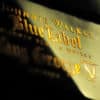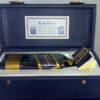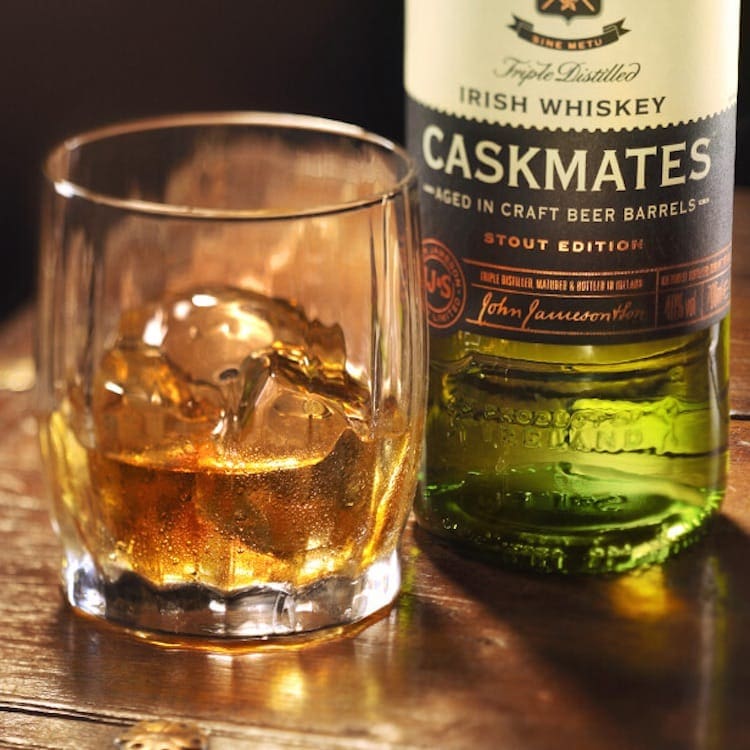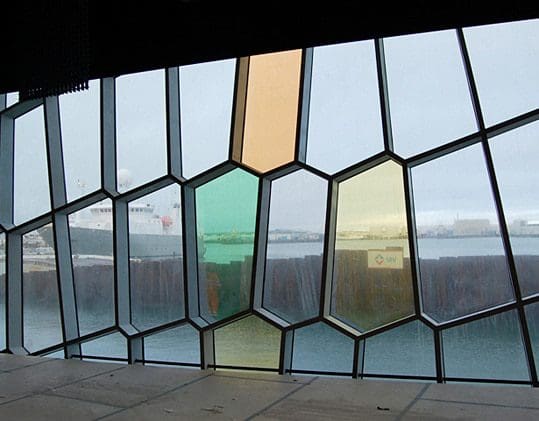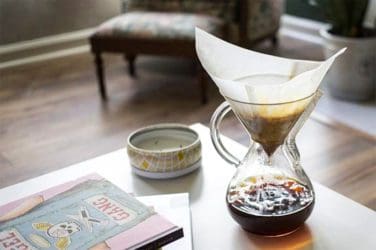Johnnie Walker Blue – everything you need to know – Al Woods
One of the most popular and rarest whiskies on the market, Johnnie Walker’s Blue Label is a blended Scotch whisky from the revered Johnnie Walker brand.
Here, we’ll go through what makes this scotch so famous, and why it’s so rare.
Why is Johnnie Walker Blue Label so rare?
Firstly, it’s important to remember that Johnnie Walker is not a distillery. Instead, the brand buys casks from various distilleries around the Scotch regions to create its signature whisky blends.
Of all the casks of whisky produced, only one out of every 10,000 are considered good enough to be used in the blend which makes up Johnnie Walker’s Blue Label, producing a rare blend. The casks are sourced from distilleries located around the Scottish whisky regions, including Speyside, Highland, and Islay distilleries. These can even include small, rare batches from distilleries that are no longer operating. Each cask is hand-selected by the Master Blender and blended with small batches—which may even be from distilleries which are no longer operating—to complete the scotch.
How old is Johnnie Walker Blue Label whisky?
Because Johnnie Walker Blue Label is blended from various casks of Scotch, the bottle and label do not feature an age statement, unlike the rest of the Johnnie Walker whiskies. Black Label, for example, has a twelve year age statement, while Green Label is fifteen years. The Blue blend is still relatively new, however, and was only added to the Johnnie Walker collection in 1992. It’s unknown exactly what casks are included in the blend, and there are rumours that a 60-year whisky is found in Blue.
It was first blended to mimic the character and flavours of some of the earliest whiskies blended in the 19th century, which is why older whisky casks are used to create the line. Because of the exclusive types of scotch used to create the Blue Label, each release is incredibly limited, and the bottles are numbered serially. Since the Blue Label was first released, over 25 limited editions have been released, including the King George V bottle.
What does Johnnie Walker Blue Label taste like?
The overriding flavours in a bottle of Johnnie Walker Blue Label are toffee and barley, with a mellow and rounded nose. The first sip offers a velvety mouthfeel, giving way for the smooth taste present throughout the bottle. Johnnie Walker Blue’s complex blend gives way to a number of different reported flavours, including hazelnuts, dark chocolate, rose petals, honey, sherry, oranges, sandalwood, and oak. This is no doubt due to the inclusion of scotches from the different regions, and the Islay malts provide the signature smokiness that comes with Johnnie Walker blends.
Each Blue Label release has its own unique twist on the flavour, depending on the concentration of malts and grains blended. The Ghost & Rare releases, for example, included “ghost” whiskies from distilleries which had long closed their doors. The Ghost & Rare Port Ellen edition blends whiskies from Caledonian and Carsebridge distilleries, which closed in 1988 and 1983 respectively, as well as the famed Port Ellen from Islay, which closed its doors in 1983. Meanwhile, the Johnnie Walker Blue Label Ghost & Rare Brora edition has the famous Highland Brora malts at its core, which stopped being distilled in 1983.
Because of the complex flavour notes, Johnnie Walker Blue Label is often considered the ultimate whiskey for connoisseurs, while the smoothness allows beginner whiskey drinkers to enjoy a dram. If you want to enjoy the different flavours, and savour each sip, Johnnie Walker even has a guide to help you do so.


